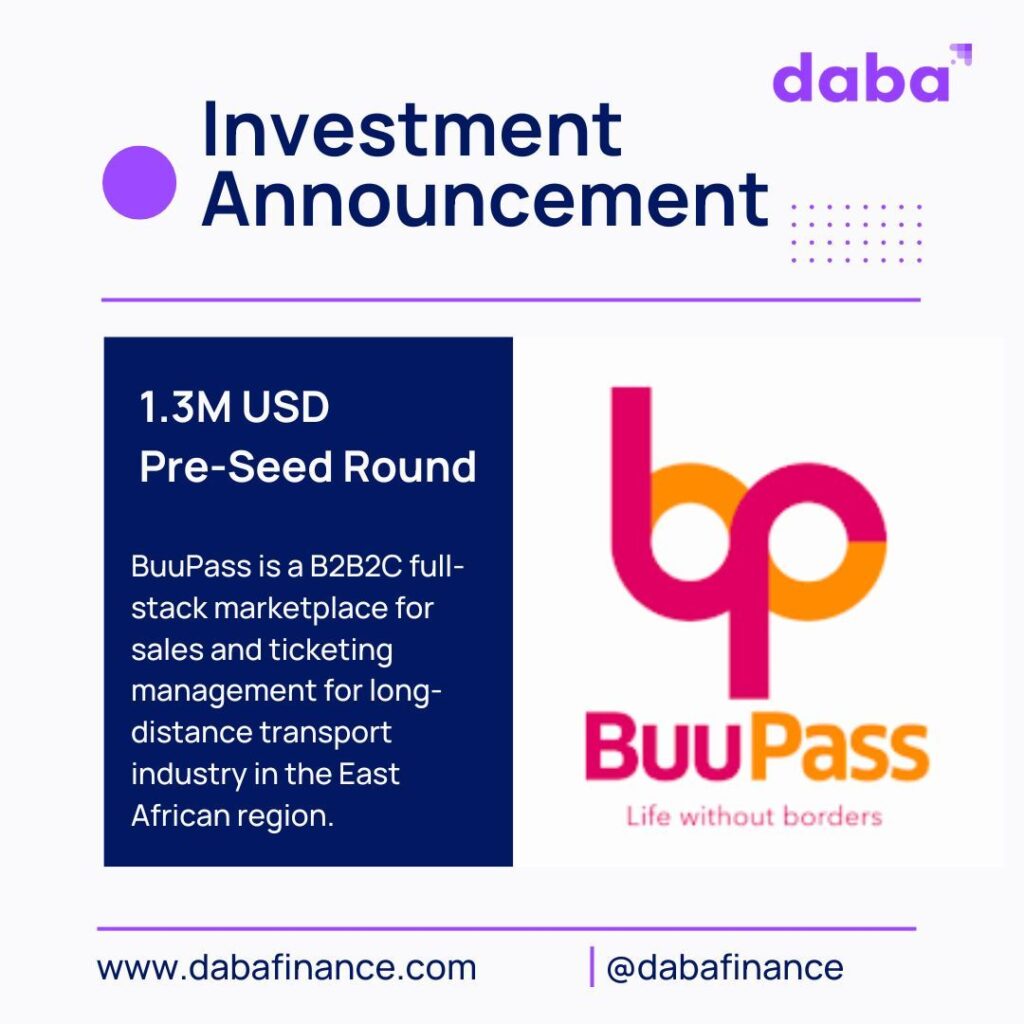Lever des fonds pour les startups est difficile, et c’est encore plus ardu en période de récession économique. Les capital-risqueurs (VCs) sont maintenant plus sélectifs, et les startups trouvent plus difficile d’obtenir des fonds. Les investisseurs scrutent de plus près les finances et prennent plus de temps pour prendre des décisions. Malgré ces défis, les fondamentaux restent les mêmes : les investisseurs recherchent des perspectives à long terme et des équipes fondatrices solides.
En 2022, le capital-risque était abondant, mais en 2023, le financement a diminué de moitié à l’échelle mondiale. Cette évolution a été influencée par la hausse des taux d’intérêt, qui a entraîné une baisse de 3,2 % du capital de capital-risque pour chaque augmentation de 1 % des taux. Les taux d’intérêt plus élevés ont également rendu le financement par la dette moins attrayant en raison de l’augmentation des coûts d’emprunt.
Les startups africaines, qui avaient résisté au ralentissement du financement en 2022, ont connu des baisses significatives en 2023, s’alignant sur les tendances mondiales. Les données ont montré que les startups africaines ont levé entre 2,9 milliards et 4,1 milliards de dollars en 2023, contre 4,6 milliards à 6,5 milliards de dollars l’année précédente. Cette réduction était anticipée car la fréquence des transactions avait déjà ralenti les mois précédents, indiquant une prudence croissante des investisseurs.
Malgré l’environnement difficile, il y a encore de l’espoir. Les capital-risqueurs disposent de fonds substantiels (“dry powder”) et les transactions continuent, bien qu’à un rythme plus lent. Voici des stratégies pour lever du capital-risque en période de récession :
1. Commencez tôt
La collecte de fonds prend plus de temps maintenant, alors commencez plus tôt que les années précédentes. Préparez votre présentation méticuleusement, en veillant à ce que tous les documents financiers soient exacts. Concentrez-vous sur la manière dont vous prévoyez de conserver et d’accroître les revenus plutôt que sur une simple expansion. Préparer votre pitch est un processus en plusieurs étapes : réunissez tous les documents financiers nécessaires, vérifiez leur exactitude et envisagez de présenter un modèle commercial qui met l’accent sur la stabilité et la croissance des revenus à court terme.
2. Restructurez votre budget
Créez un budget solide en prévoyant les flux de trésorerie. Réduisez les coûts opérationnels sans affecter la production, par exemple en réduisant l’espace de bureau en permettant aux employés de travailler à domicile. Reportez l’expansion des départements ou réduisez les coûts des fournisseurs pour mieux gérer les dépenses mensuelles. Les budgets solides sont nécessaires pendant les phases de croissance et les périodes de stagnation des revenus. Les feuilles de prévision de trésorerie peuvent aider à concevoir un nouveau budget et à identifier les domaines où réduire les coûts. Envisagez des mesures comme retarder les embauches, négocier de meilleures conditions avec les fournisseurs ou trouver des moyens plus rentables de fonctionner.
3. Concentrez-vous sur les produits à succès
Mettez l’accent sur ce qui fonctionne déjà. Les investisseurs veulent voir des résultats positifs. En période de récession, les dépenses des consommateurs peuvent diminuer, mais si certains produits ou services fonctionnent encore bien, mettez-les en avant dans votre pitch. Si votre startup a un produit ou service qui continue de générer des revenus, faites-en le centre de votre stratégie. Les investisseurs sont rassurés par le succès prouvé, surtout en période d’incertitude.
Chez Daba, nous comprenons les défis uniques auxquels sont confrontées les startups en période de récession économique. Contactez-nous dès aujourd’hui pour découvrir comment notre plateforme peut vous aider à naviguer dans ces temps turbulents et à obtenir les fonds dont vous avez besoin pour croître.
4. Réduisez le taux de combustion
Gardez votre consommation de trésorerie basse pour éviter de manquer d’argent. Réduisez les dépenses dans les domaines non essentiels. Mettez à jour régulièrement votre budget et votre taux de combustion pour montrer aux investisseurs que vous avez un plan financier solide. Le taux de combustion, le taux auquel une entreprise utilise son capital, doit toujours être surveillé. Réduire les coûts dans les domaines non essentiels est un moyen rapide de réduire le taux de combustion. Envisagez un budget flexible et ajustez-le constamment en fonction des prévisions de revenus et de flux de trésorerie.
5. Prolongez votre piste
Assurez-vous d’avoir au moins deux ans de piste avec les nouveaux fonds. Si votre piste est courte, levez plus de capitaux pour éviter les problèmes de trésorerie. Discutez de stratégies avec vos investisseurs pour éviter une collecte de fonds constante, qui peut entraver l’exécution. La piste est la période pendant laquelle une startup peut fonctionner avant de manquer d’argent. Sécurisez suffisamment de piste pour traverser la récession et communiquez ouvertement avec les investisseurs sur les stratégies pour prolonger cette période. Envisagez de lever des fonds supplémentaires ou de réduire les coûts pour augmenter votre marge de manœuvre financière.
6. Soyez proactif
Traitez immédiatement les problèmes tels que la diminution des revenus ou l’augmentation des coûts. Tenez vos investisseurs informés avec des états financiers transparents. Surveillez de près les flux de trésorerie et le taux de combustion pour éviter les surprises. Abordez les problèmes dès qu’ils surviennent. Si vous constatez une baisse des revenus ou une augmentation des coûts, agissez immédiatement. La transparence avec les investisseurs est cruciale ; fournissez-leur des chiffres réels pour soutenir vos préoccupations et montrez que vous gérez la situation efficacement.
En utilisant les services de Daba, vous pouvez rationaliser vos opérations financières et maintenir un taux de combustion sain. Contactez-nous dès aujourd’hui pour obtenir des conseils et des stratégies personnalisés sur la manière de traverser les récessions économiques.
7. Limitez les nouveaux projets
Suspendez le lancement de nouveaux projets. Concentrez-vous sur le maintien des sources de revenus actuelles. Les nouveaux projets peuvent être repris lorsque la situation économique s’améliore. Bien que lancer de nouvelles initiatives puisse être excitant, en période de récession, il est plus sûr de se concentrer sur ce qui fonctionne déjà. Maintenez des revenus constants en satisfaisant les clients actuels et en reportant les nouvelles entreprises jusqu’à ce que le marché se stabilise.
8. Soyez réaliste avec les valorisations
Acceptez que les valorisations élevées soient moins courantes. Les tours de table à la baisse, où les actions sont vendues à un prix inférieur à celui des tours précédents, sont maintenant plus fréquents. Engagez-vous tôt avec les investisseurs existants pour naviguer ces défis. Les valorisations très élevées sont une chose du passé. Soyez préparé aux tours de table à la baisse et envisagez des conditions favorables aux investisseurs pour les éviter. Engagez-vous tôt avec les investisseurs existants pour maintenir leur soutien et comprendre leurs attentes.
9. Mettez en avant les fondamentaux du modèle commercial
Expliquez clairement votre modèle commercial et votre chemin vers la rentabilité. Les investisseurs sont prudents et veulent voir des fondamentaux financiers solides. Montrez comment vous prévoyez d’utiliser les ressources efficacement et d’atteindre la rentabilité. Mettez en avant les fondamentaux de votre modèle commercial. Démontrer des économies d’échelle solides et un chemin clair vers la rentabilité. Les investisseurs privilégient désormais la stabilité financière et l’efficacité des ressources.
10. Utilisez les investisseurs existants
Ciblez les investisseurs qui comprennent votre secteur et votre stade de développement. Les investisseurs existants sont précieux car ils connaissent votre entreprise et sont peut-être plus enclins à investir des fonds supplémentaires. Ciblez délibérément les investisseurs ayant de l’expérience dans votre secteur et votre stade de développement. Les investisseurs existants peuvent être cruciaux ; ils comprennent votre entreprise et sont peut-être plus disposés à investir davantage. Ils ont également un intérêt direct dans votre succès.
11. Concentrez-vous sur les fondateurs
La qualité de l’équipe fondatrice reste cruciale, surtout pour les startups en phase de démarrage. Mettez en avant votre expertise et expliquez pourquoi vous êtes la meilleure personne pour diriger l’entreprise. Même dans un marché plus difficile, la qualité des fondateurs est un atout majeur. Pour les startups en phase de démarrage, où les finances peuvent être rares, mettez en avant l’expertise des fondateurs et leur capacité à développer l’entreprise.
12. Envisagez des sources de financement alternatives
Cherchez au-delà du financement traditionnel de capital-risque. Explorez les subventions et les organisations philanthropiques, surtout si votre startup traite de domaines d’intérêt commun comme la technologie climatique. Lorsque le financement traditionnel de capital-risque est difficile à obtenir, soyez créatif. Cherchez des subventions ou des financements philanthropiques, surtout si votre startup sert le bien public, comme dans la technologie climatique.
13. Gardez votre équipe motivée
En période difficile, il est crucial de garder votre équipe motivée. Licencier des employés peut être inévitable, mais essayez de garder vos meilleurs talents engagés et enthousiastes quant à l’avenir de l’entreprise. Retenir les employés clés est vital pour la croissance et la stabilité.
Présenter efficacement en période de récession nécessite de trouver un équilibre entre l’optimisme et une compréhension solide des réalités actuelles. Une planification détaillée, une exécution minutieuse et la résilience sont essentielles. Construire des relations et la confiance avec les investisseurs est essentiel, tout comme utiliser les investisseurs existants pour obtenir soutien et conseils.
Lever des fonds ne consiste pas seulement à obtenir de l’argent ; il s’agit de former des partenariats. Les investisseurs existants, qui ont déjà montré leur confiance en vous, peuvent être une ressource précieuse. Utilisez leur expérience et leur volonté d’aider pour vous guider en période difficile.
En résumé, lever des fonds en période de récession exige une préparation minutieuse, des attentes réalistes et une démonstration claire de la viabilité et de l’adaptabilité de votre startup. En vous concentrant sur ce qui fonctionne, en gérant judicieusement les ressources et en maintenant une communication transparente avec les investisseurs, vous pouvez traverser ces périodes difficiles.
Pour plus de conseils, Daba offre des ressources pour vous soutenir à chaque étape du processus de collecte de fonds. Contactez-nous dès aujourd’hui pour commencer. La plateforme de Daba offre un accès inégalé aux investisseurs, garantissant que vous avez tout ce dont vous avez besoin pour réussir sur les marchés africains et émergents dynamiques.













